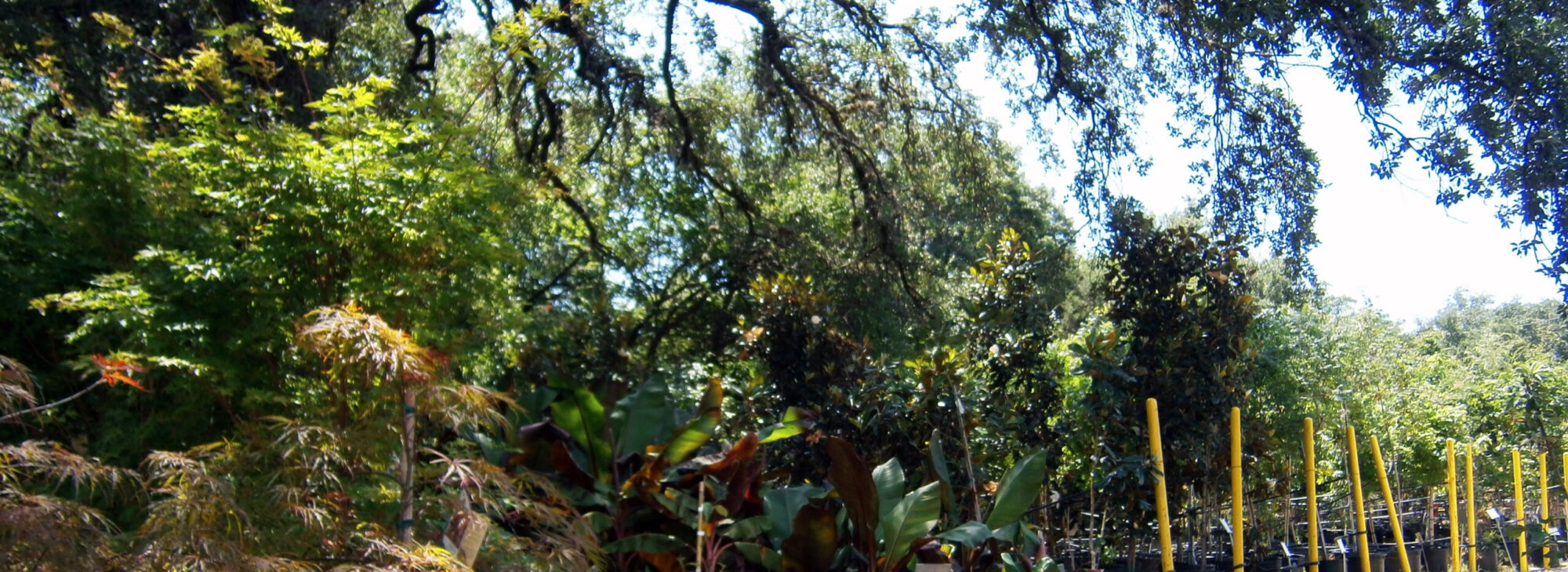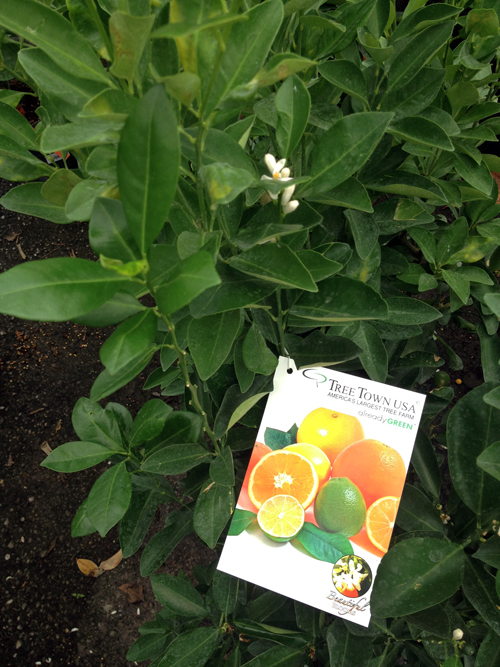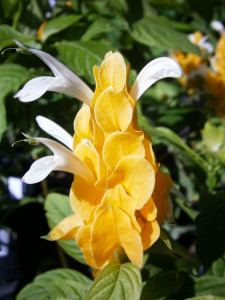September Plant of the Month
Calamondin Orange
Calamondin Orange is a cross between a Mandarin Orange and a Kumquat. It produces a small acidic orange that tastes similar to a lemon or lime. The juice can be used to flavor beverages, fish or soups, and can be made into sauces. Even if you don't care to eat the fruit, this citrus tree is still attractive as an ornamental plant. Before setting fruit, this citrus tree produces white fragrant blooms that appear year round!
These plants can be grown in containers or in the ground. Some say they bring good luck when planted near the front door! Calamondin Oranges can be grown indoors with a good light source. When grown outside, give them full to partial sun. Calamondin can reach 10-20 feet in height, but can easily be pruned back to maintain s smaller size. Like other citrus trees, protect this plant in winter by watering and covering before a hard freeze.



